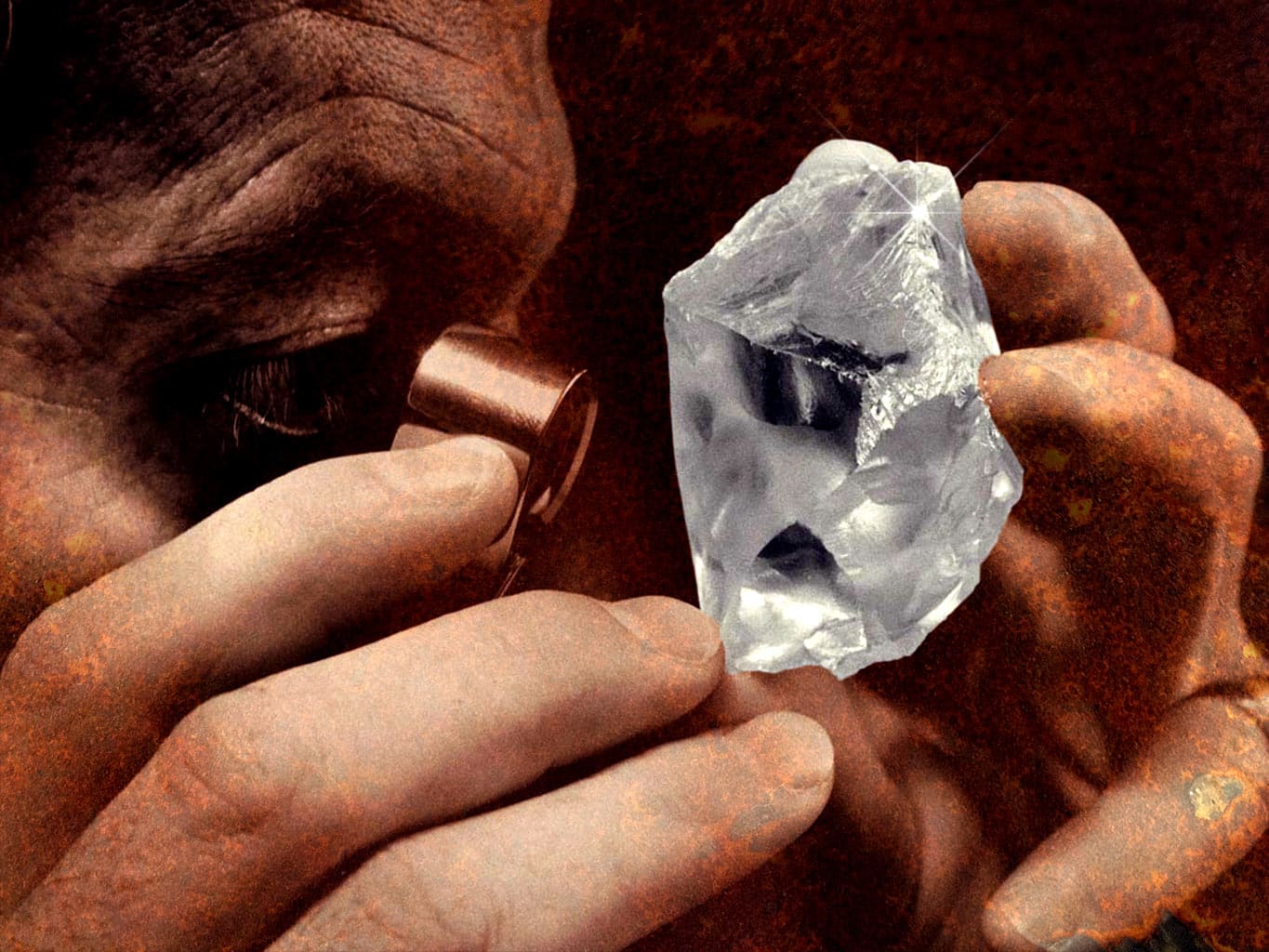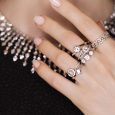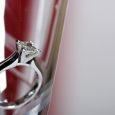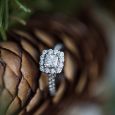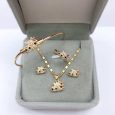Diamond cutting is usually an activity that professionals usually perform. Through this process, you turn a rough diamond into a beautiful precious stone. Your knowledge of cutting diamonds must be extensive enough for you to apply it. At least this is what most professional jewelers believe. The others, however, think and feel that diamond cutting is an activity that anyone can perform with the right knowledge.
About 80% of all diamonds go through various hands in Antwerp, Belgium. Then, 92% of the diamonds land in Surat, India for cutting before they even get to your country and then to your hands. But who says you should wait for the professional diamond cutters to cut your diamonds?
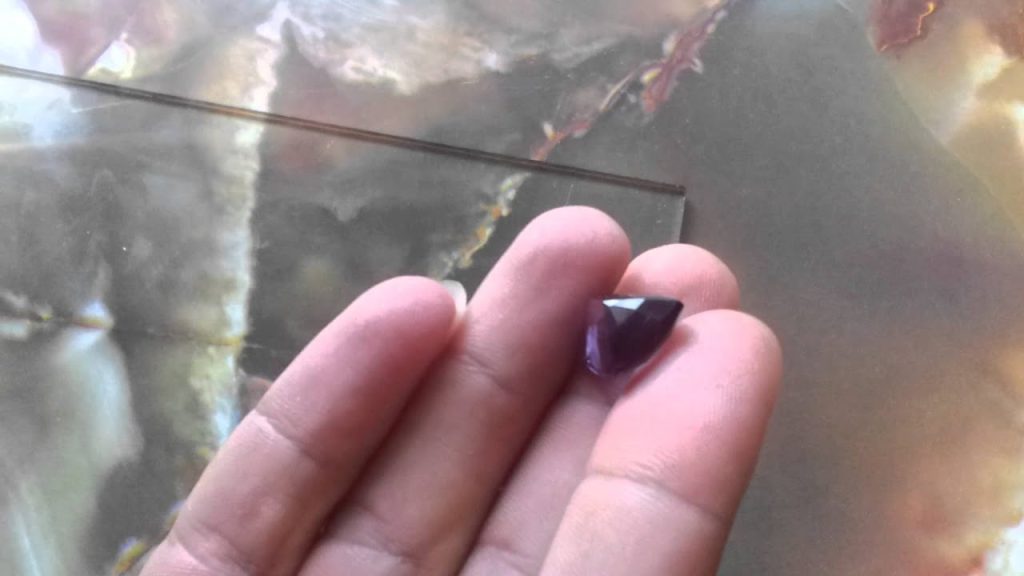
Cutting Your Own Diamonds
According to several experts, with proper instructions from reputable books, you can cut rough diamonds the right way. Such books are “The Techniques of Master Faceting” by Gerald Wykoff and “Diamond Cutting” by Basil Watermeyer.
Tool
According to these sources, you can cut diamonds with a basic faceting tool. If you’re serious about doing it, then you need time to study the process and do it with intense care. You can start by using a hobby faceting machine that can cut colored gems. Cutting diamonds with them might be quite difficult. If you switch to a diamond cutting scaife machine, it’s going to be easier for you. This type of machine cuts faster (2600 rpm) and has a larger diameter (10 or 12 inches).
Technique
The moment you start cutting your rough diamond, orient the stone the right way to polish and grind it with the grain. You will find it easier of you recut damaged diamonds. You will notice that the first one who cut the diamond has already figured out the proper orientation of the stone. If you start from a rough diamond immediately, you would have to study the rough diamond carefully first so that you can ascertain the crystal axes and adjust the facets yourself.
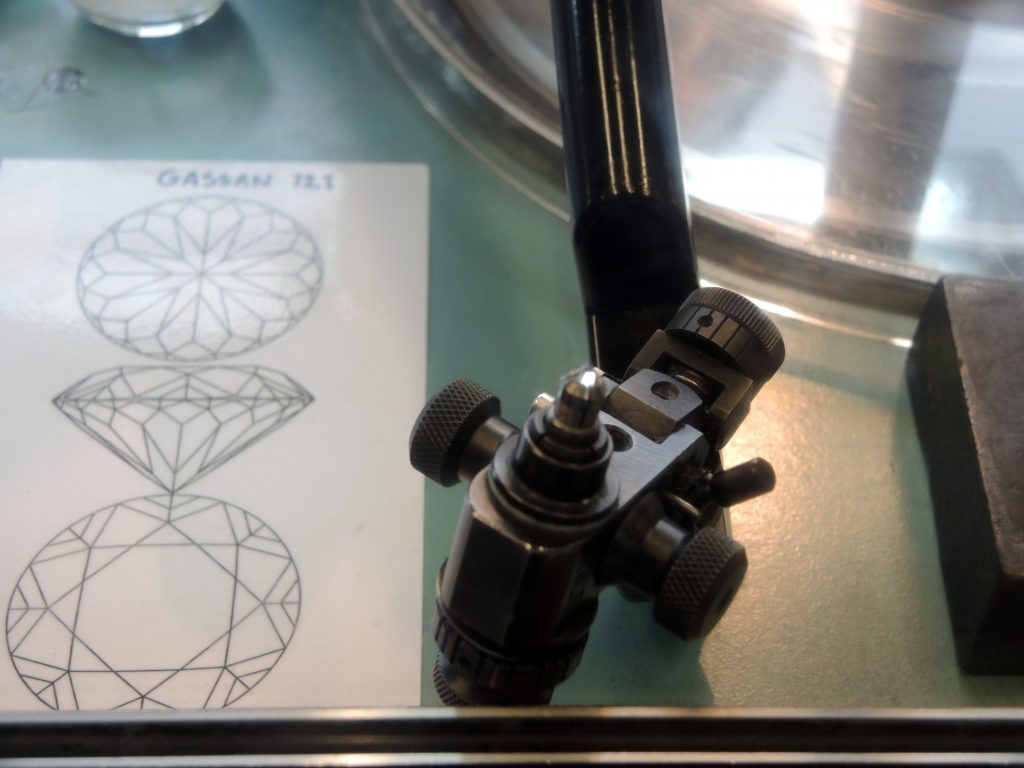
If you place a facet on the hardest plane, you will find it almost impossible to polish or grind. This is the main reason diamond cutting professionals sometimes cut the diamond off the correct elevation or angle of come facets, depending on the diamond’s orientation.
Remember that it takes years of training before you can cut a rough diamond into a cut diamond you can sell for profit.
Choosing the Right Diamond
Once you are ready to cut rough diamonds, choose the ones labeled “gem grade” or “cuttable”. These are rough diamonds that are fit for faceting. Look for such labels. Otherwise, do not assume that any rough diamond will produce a precious stone.
Study the photographs of the prospective diamonds you want to buy. When you receive the diamond you want for faceting, examine it once again. See if its quality is cuttable.
The Process of Diamond Cutting and Polishing
Planning
This is the most important step to master. It may take a while, but if you do get this right, it will determine your finished diamond. During this stage, a professional cutter ascertains the best feasible shapes for the rough diamond. This is to maximize the yield and to minimize waste. A Sarin machine usually maps the rough stone to result in accurate dimensions.
With the gathered information, a software formulates 3D models to show the cutter the best possible ways to enhance the stone.
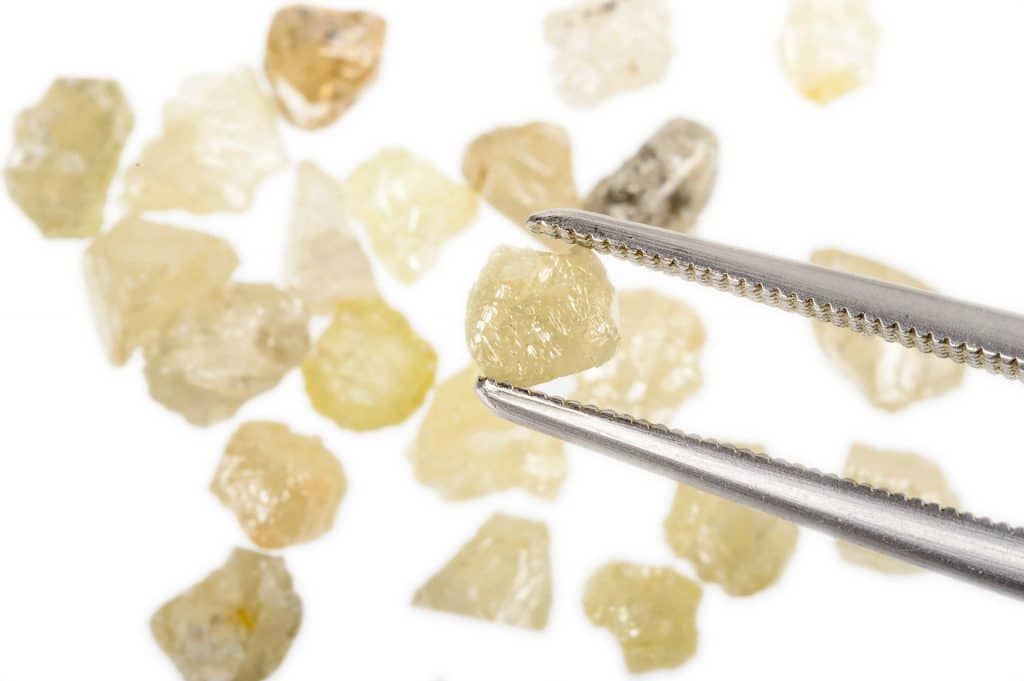
Sawing or Cleaving
The sawing or cleaving of the rough diamond splits the rough diamond into many pieces. Doing so allows the professional cutter to work in the rough pieces individually and then use the rough diamond completely. Sawing the rough diamond mechanically can happen during this stage. Yet cutters can choose to use lasers if the rough diamond has an odd shape.
Bruting
This stage follows the splitting of the rough diamond. Also known as girdling, the aim of this process is to make the rough diamonds round. This is when you position two diamonds across each other on a spinning axle. On that axle, the diamonds will rub against each other as they turn in opposite directions to create that rough finish that forms a girdle.
Polishing
Once you have achieved the rounded shape, you will form the diamond’s facets. Here, you use a cutter to place the rough diamond on a rotating arm. The cutter then utilized a spinning wheel that polishes the stone. This then results in reflective and smooth facets of the diamond.
During the blocking process of polishing, you should be able to add 1 table facet, 8 crowns, 8 pavilion mains, and 2 culets. This first step becomes the template for the following stage.
To finish the job, the brillianteer will add the other facets, creating a total of 57 facets on the diamond. The brillianteer is highly responsible for the brilliance and the fire of the diamond.
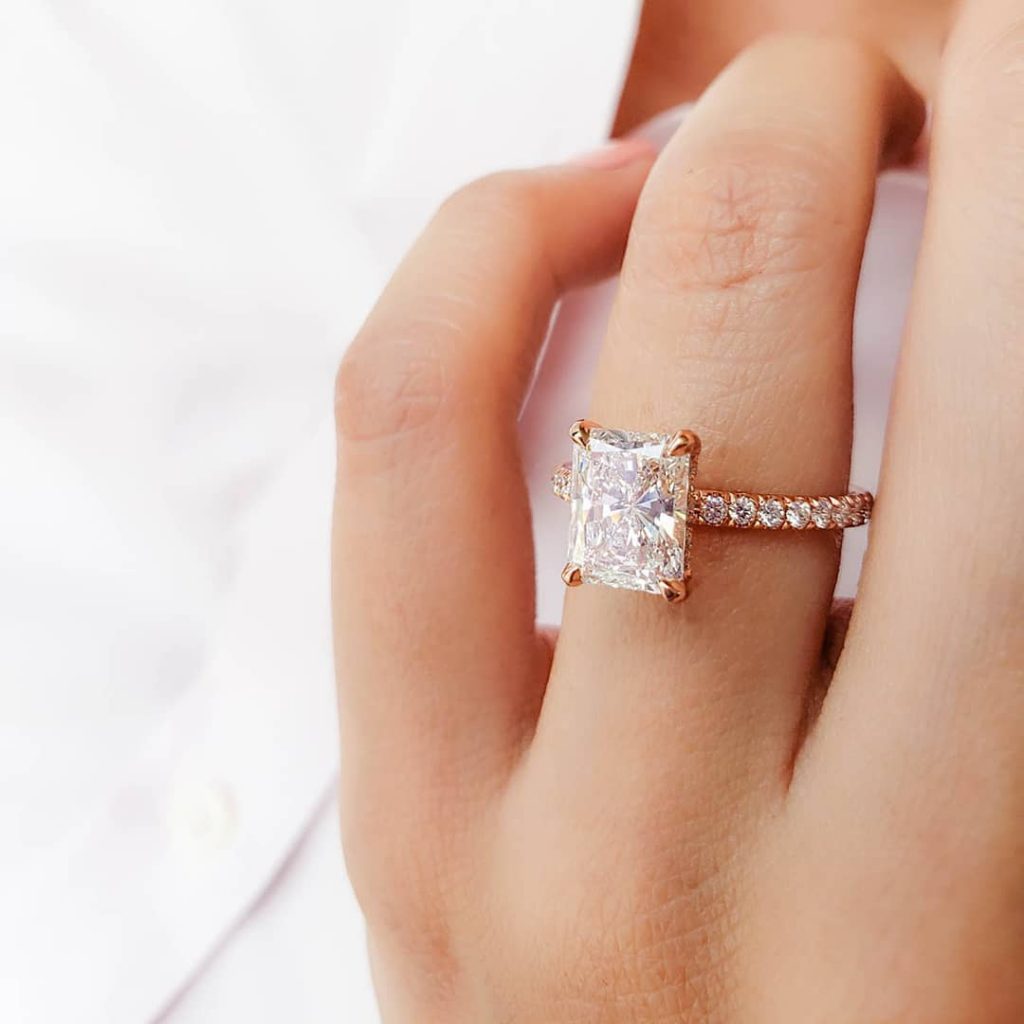
Inspection
This is the last stage, involving the checking of the finished diamond. The inspector sees to it that the diamond meets the manufacturer’s specifications. If it doesn’t, the stone will be sent back to the one who polished it for some touch-ups.
With years of practice, experts say that you can develop the necessary skills to cut and polish a rough diamond on your own. You can seek apprenticeship as well to learn what you can from an experienced diamond cutter and polisher. That way, you can hone your skills and check your work at the same time.
